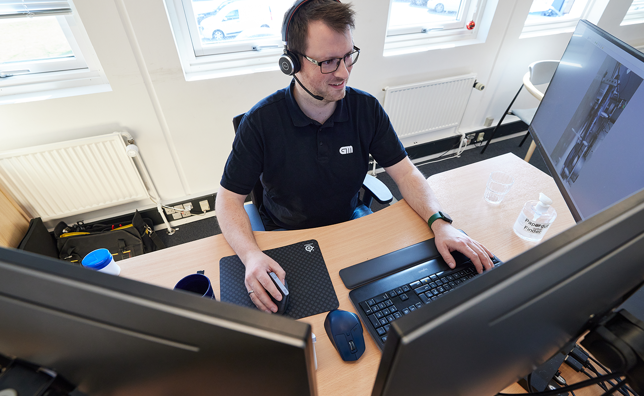The Perfect R2R Machine
The optimal coating machine for roll-to-roll production of functional materials should incorporate the following functions:
1. Substrate Handling System: The coating machine should have a robust and reliable substrate handling system that can handle flexible substrates with precision. It includes features like tension control, edge guiding, and alignment mechanisms to ensure smooth and accurate movement of the substrate throughout the coating process. Proper substrate handling minimizes the risk of wrinkles, misalignment, and defects.
2. Coating Head: The coating head is a critical component responsible for depositing functional materials onto the substrate. It should provide precise control over the coating thickness and uniformity. Different coating techniques, such as slot-die coating, gravure coating, or spray coating, may be utilized based on the specific requirements of the functional material. The coating head should allow for easy adjustment of parameters like flow rate, pressure, and nozzle configuration to optimize the coating process.
3. Drying/Curing System: After the coating is applied, the functional material needs to be dried or cured to solidify and stabilize the thin film. The coating machine should include a drying/curing system that provides controlled heating or UV exposure to remove solvents, induce chemical reactions, or enhance adhesion. Proper drying/curing ensures the formation of defect-free and stable coatings.
4. Environmental Control: Maintaining a controlled environment is crucial for the quality and reproducibility of roll-to-roll production. The coating machine should include features like temperature and humidity control to minimize the impact of environmental factors on the coating process. Stable environmental conditions reduce the risks of variations in coating thickness, drying/curing times, and overall performance of the functional material.
5. In-line Monitoring and Quality Control: To ensure the consistent quality of the coated films, the coating machine should incorporate in-line monitoring and quality control systems. These can include sensors and cameras to measure and monitor coating thickness, uniformity, and defects in real time. Advanced techniques like spectroscopy or imaging systems can be integrated to provide detailed characterization of the coated films during the production process. Any deviations or inconsistencies can be detected and addressed promptly, minimizing the risk of producing substandard coatings.
6. Process Automation and Data Logging: Automation plays a crucial role in roll-to-roll production, enabling precise control, repeatability, and high throughput. The coating machine should have a user-friendly interface that allows for easy programming, control, and monitoring of the coating process. It should also incorporate data logging capabilities to record important process parameters, enabling traceability and process optimization.
By incorporating these necessary functions, the optimal coating machine for roll-to-roll production of functional materials can mitigate risks such as substrate handling issues, coating non-uniformity, drying/curing defects, environmental fluctuations, and lack of process control. It ensures the production of high-quality and uniform coatings with improved efficiency, reliability, and scalability.


